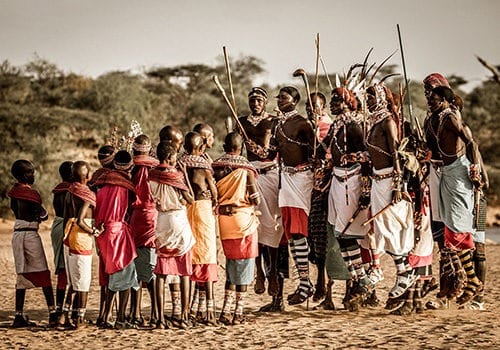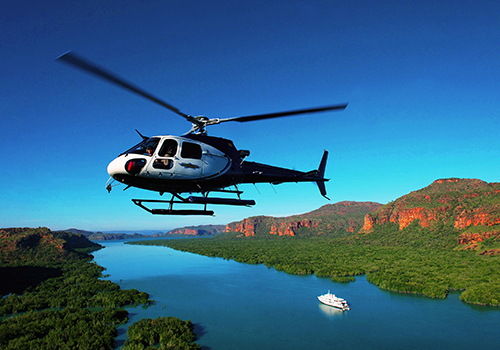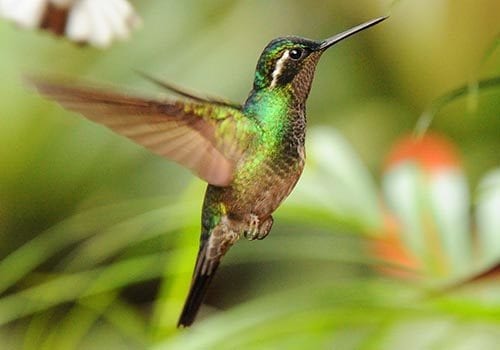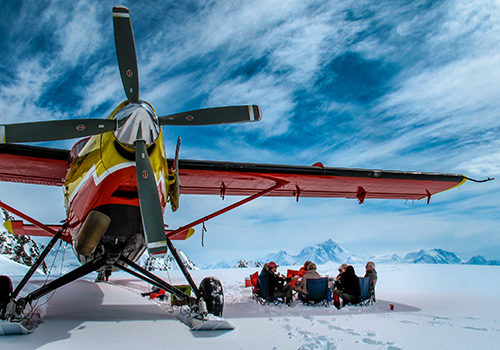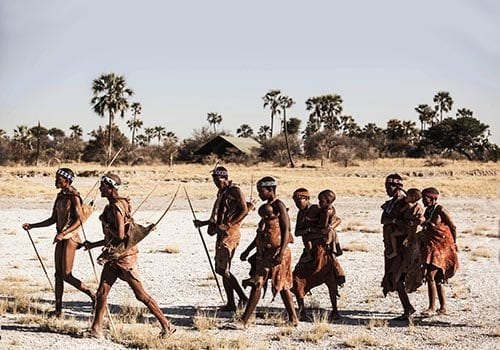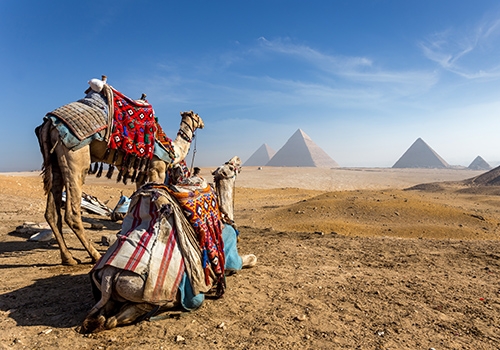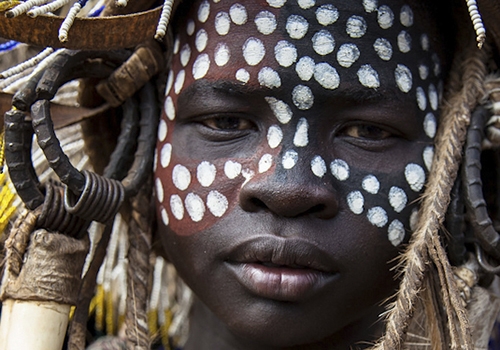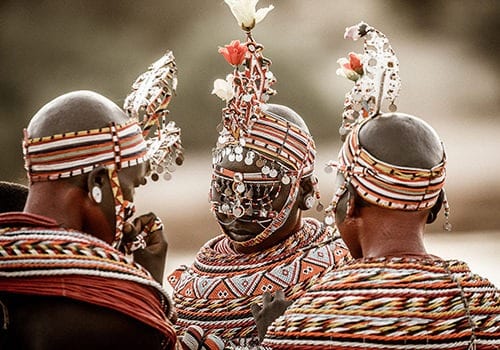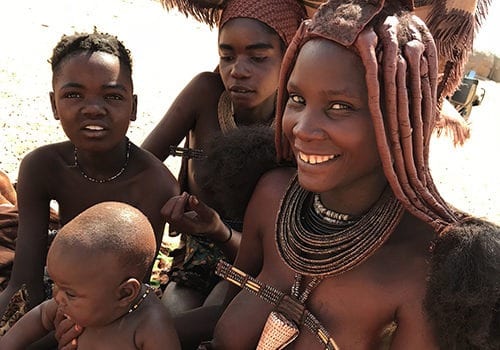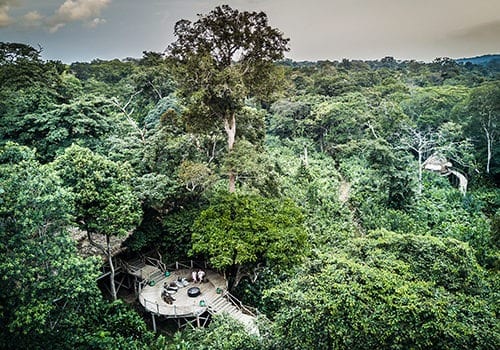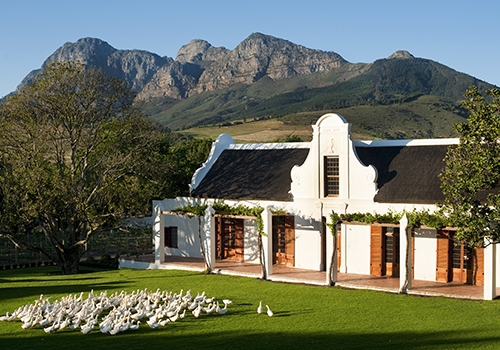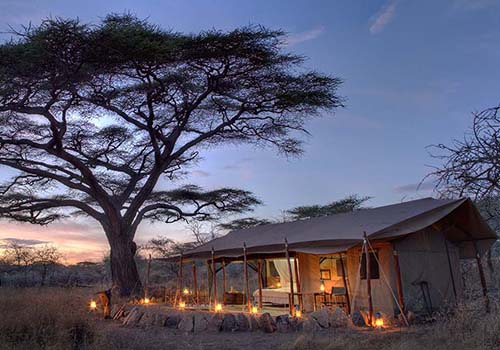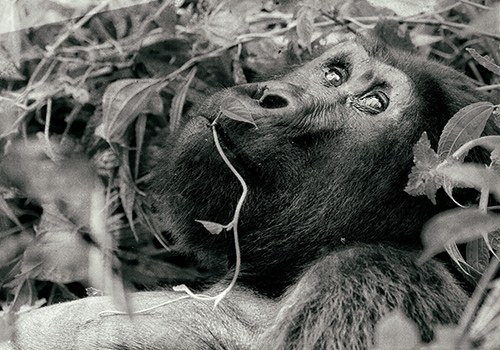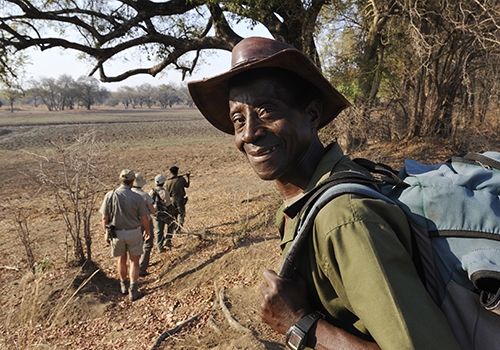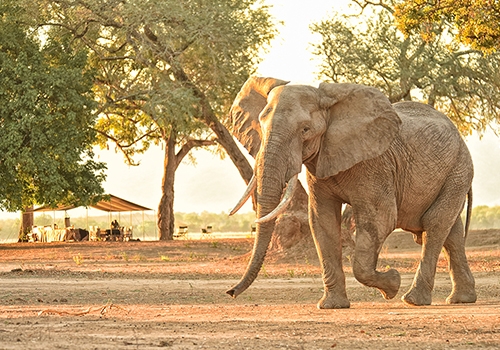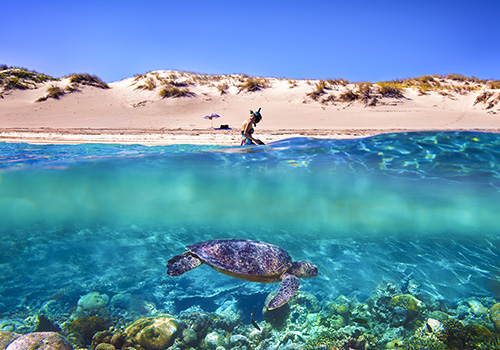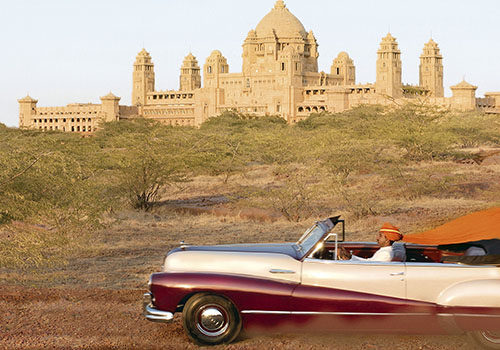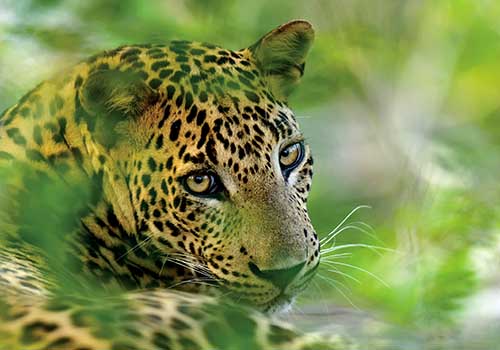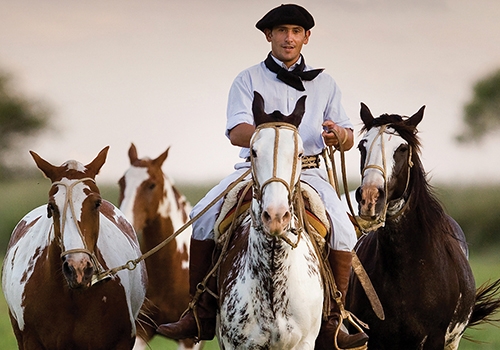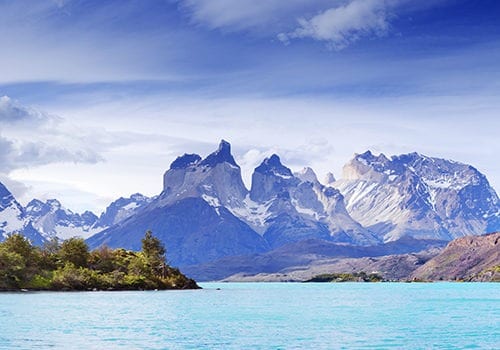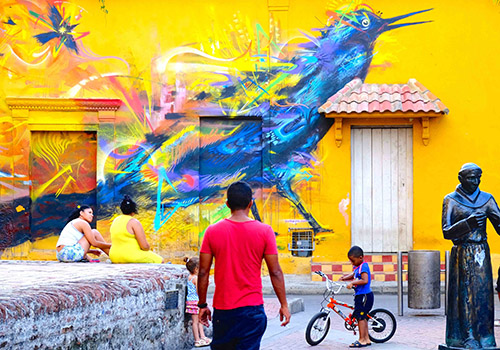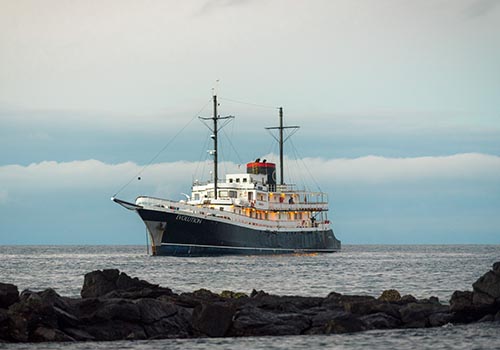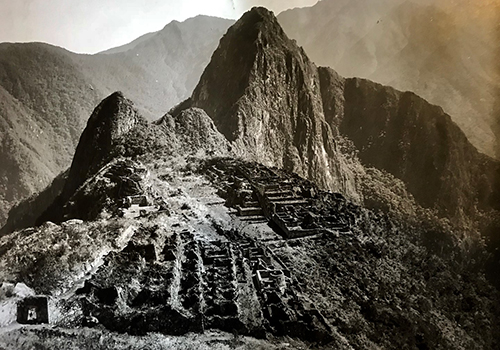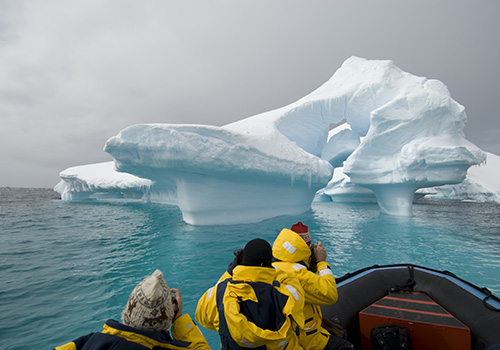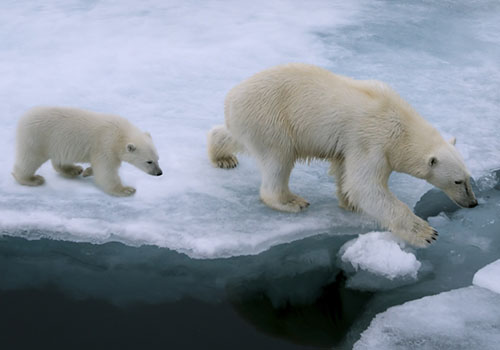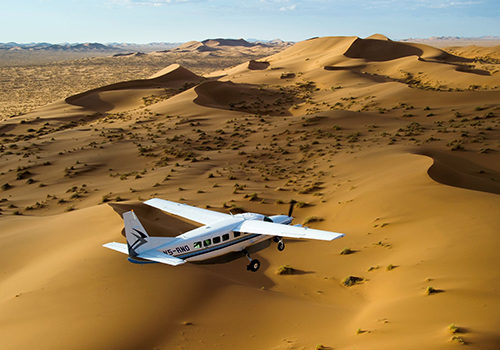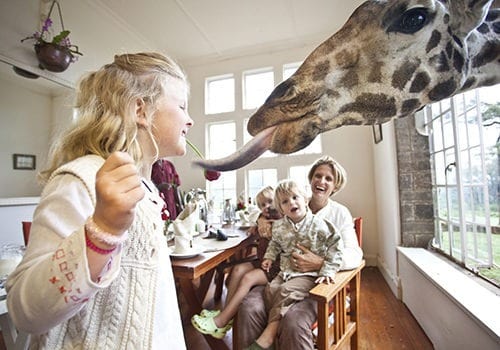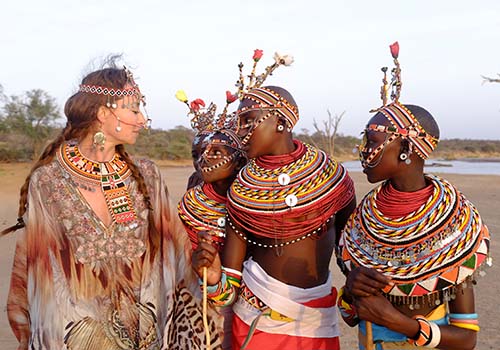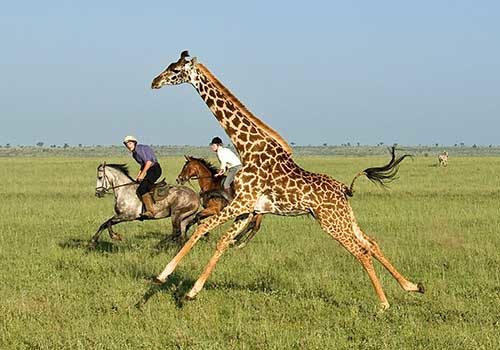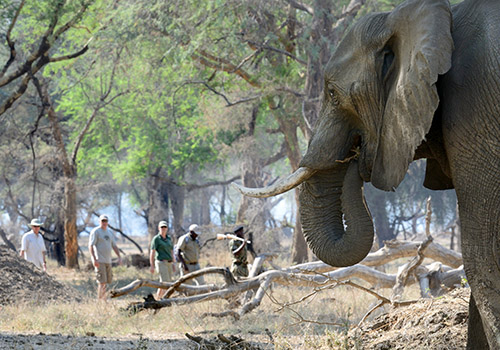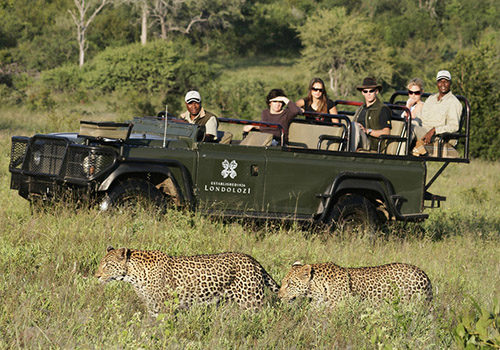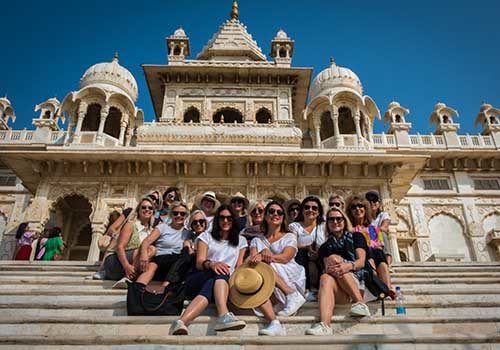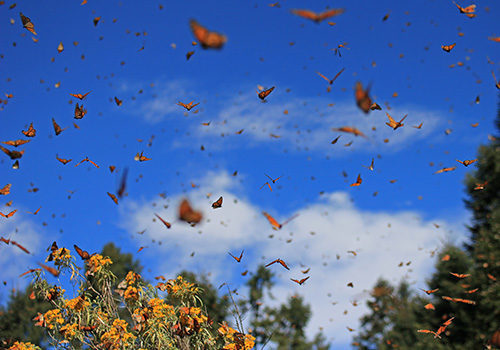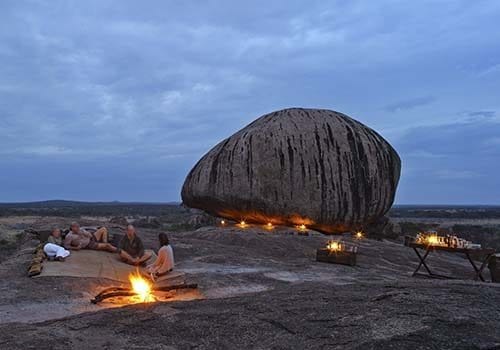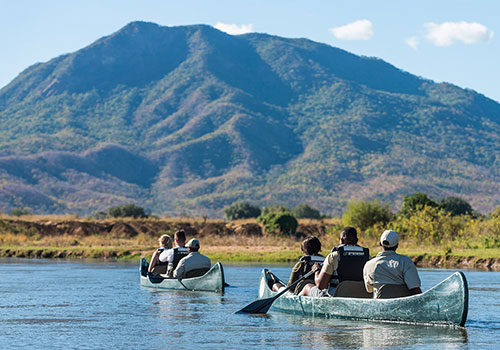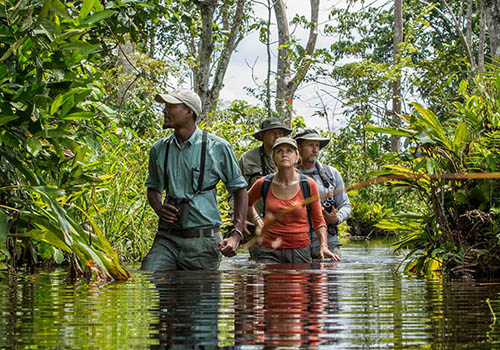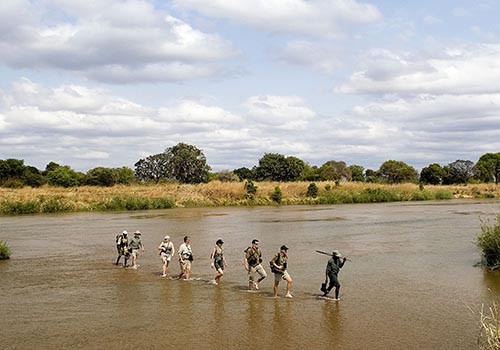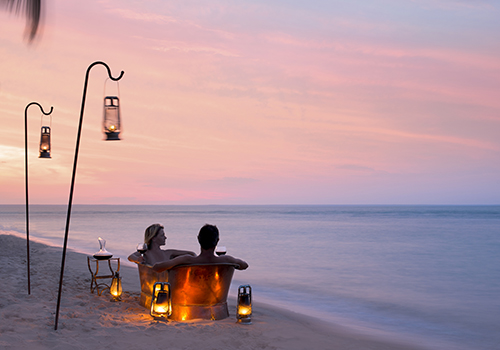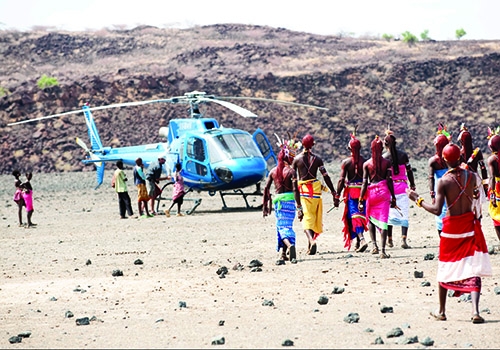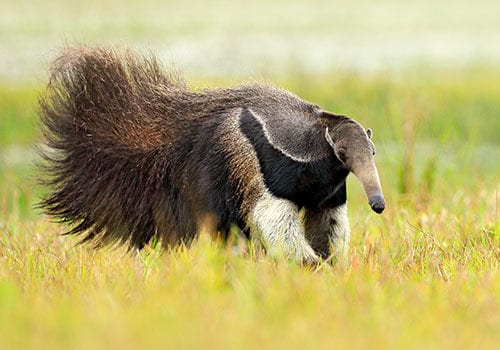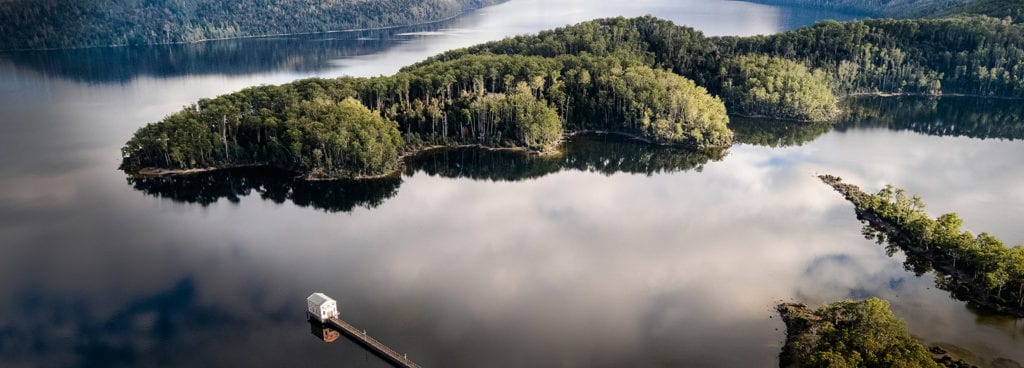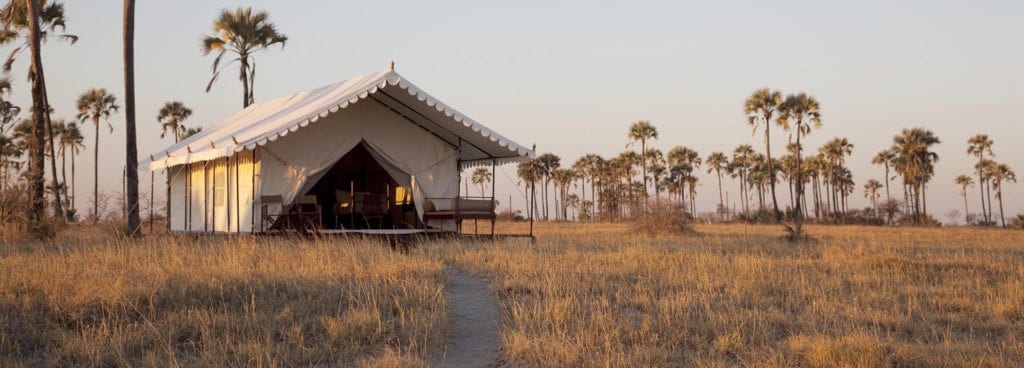DISPATCHES FROM EXOTIC LANDS
Where should you go for your African safaris?
The term ‘African safaris’ conjures a collection of surprisingly specific images: the elephant tugging leaves from tree branches, a pride of lion stalking across an expansive savannah, hippo wallowing on a riverbank and a lavishly-furnished canvas tent in the shade of an acacia tree. Though perhaps the iconic safari scene, this quintessential picture is far from the only option across the vast and diverse African continent.
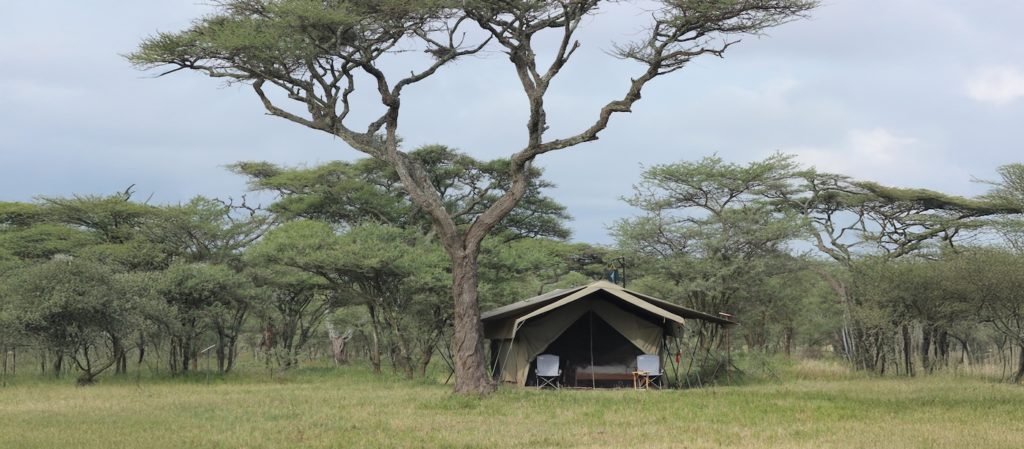
Though North Africa offers such exotic delights as Morocco and Egypt and the West is largely considered too volatile for tourism, those wishing to take African safaris are presented with the choice of South or East.
But which is best, where should you go, and what are the defining differences between East and Southern Africa?
East African Safaris
Nations: Ethiopia, Kenya, Rwanda, Tanzania, Uganda & Seychelles*
East Africa presents the imagery of Hollywood movies, and many experiences most closely associated with African safaris. Maasai and Samburu tribespeople welcome guests into their villages or expertly guide them across the wilderness, flocks of vibrant flamingo gather in isolated lakes, leopard and lion prowl for their next meal and herds of elephant navigate their way across immense parks and reserves from one water source to another. Here too, the Great Migration serves as a magnetic attraction, the sea of wildebeest annually circumnavigating the Serengeti and Masai Mara, following the rains to greener pastures.
East Africa also serves up less typical, though no less exceptional, safari experiences. Gorilla trekking through mountainous jungles, summiting the snowcapped Kilimanjaro, and exploring lakeside forests in search of chimpanzees. In Ethiopia, culture and history come together, the lip-plated Mursi people of the Omo Valley contrasting the Orthodox Christianity, embodied by the centuries-old architecture of Gondar and Lalibela.
Stepping from the shore, the islands of Zanzibar and Seychelles await, their exquisite white-sand beaches and pristine warm waters enticing visitors with indulgent, post-safari relaxation.
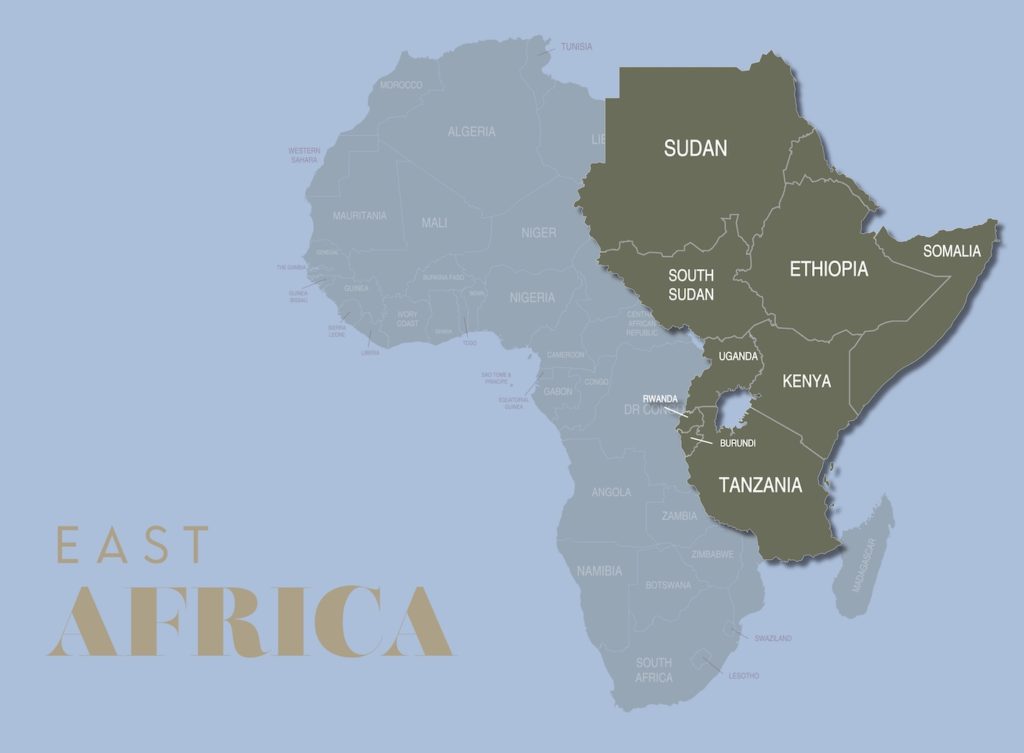
Southern African Safaris
Nations: Botswana, Malawi, Mozambique, South Africa, Zambia & Zimbabwe*
Southern Africa casts definition aside, such is its varied topography and array of experiences. In the realms of the more conventional, South Africa’s Greater Kruger region, Zambia and Zimbabwe provide superb opportunities. Seeking for big cats in the dense foliage of the Kruger, taking walking safaris on the banks of the Zambezi or viewing Africa’s largest elephant herds in Hwange National Park, the scope of experiences is familiar, yet distinctly unique.
From this similarity, Southern Africa presents polar opposites. The dunes and Skeleton Coast of Namibia are almost Martian in their striking desolation and beauty, sporadic game wandering the terracotta sands in search of sustenance. Botswana’s Okavango Delta draws wildlife from far and wide for perennial hydration, while the Makgadikgadi Salt Pans again evoke otherworldly starkness.
The home of the walking safari, Zambia, and its neighbour Zimbabwe, offer incredible adventures on foot, but also access to one of the world’s truly great natural wonders – Mosi-oa-Tunya, Victoria Falls.
The dissimilitude continues as one ventures further south, immense national parks giving way to more intimate reserves, arid scrub replaced with rolling hills of lilac fynbos flowers, vineyards nestled between craggy mountain ranges and the crashing waves of the southern coast.
Finally, Cape Town combines contemporary cosmopolitan style with history, culture and dramatic scenery, a crowning attraction to the continent’s southern shores.

Accommodations: East Africa vs. Southern Africa
In East Africa, the safari experience is often characterised by classic tented camps that evoke the romance of early explorers and Hollywood movies. These camps, such as those found in Tanzania’s Serengeti National Park and Kenya’s Masai Mara, offer an intimate connection to nature without compromising on luxury. Guests can expect spacious tents with en suite bathrooms, fine dining under the stars, and personalised service. For instance, properties in Tanzania provide opulent lodges that blend seamlessly with the surrounding wilderness.
Southern Africa, on the other hand, boasts a diverse range of accommodations, from ultra-luxurious lodges to exclusive-use villas. In South Africa’s Sabi Sand Game Reserve, adjacent to Kruger National Park, lodges like Singita Ebony and Boulders offer exquisite suites with private plunge pools, world-class cuisine, and exceptional game viewing opportunities. Additionally, the concept of private game reserves is more prevalent in Southern Africa, providing guests with exclusive access to wildlife and the flexibility to engage in activities such as night drives and guided bush walks.
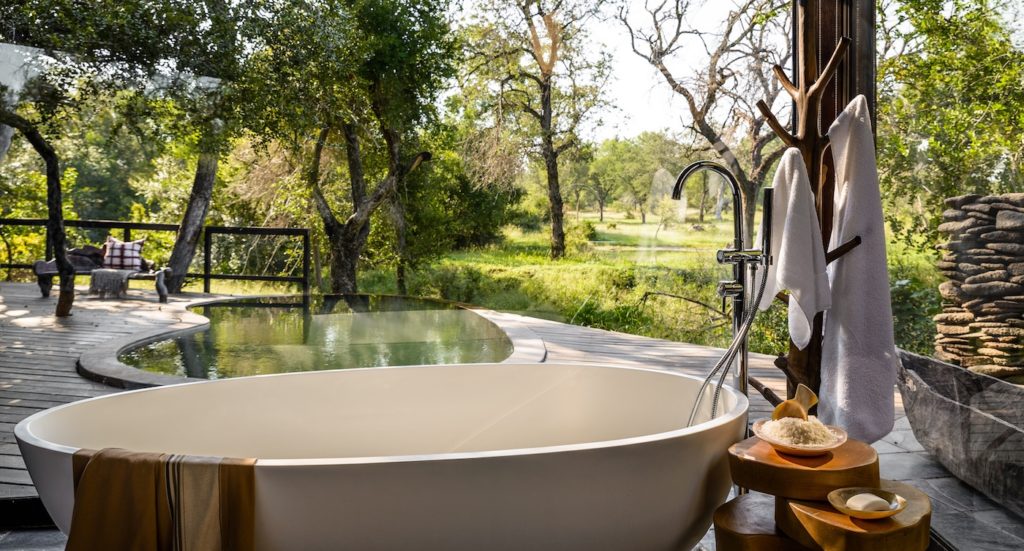
Cultural Experiences
East Africa is renowned for its rich tapestry of cultures. Visitors have the opportunity to engage with the Maasai people in Kenya and Tanzania, learn about the traditional ways of the Samburu of Northern Kenya, and learn about their deep connection to the land. Cultural visits often include traditional dance performances, village tours, and insights into age-old customs.
In Southern Africa, cultural experiences are equally enriching but differ in context. In South Africa, for example, travellers can explore the history of Cape Town, visiting landmarks such as Robben Island and the District Six Museum to gain insight into the nation’s complex past. Interactions with local communities, such as the San people in Botswana or the Himba of Namibia, offer a glimpse into ancient survival skills and storytelling traditions.
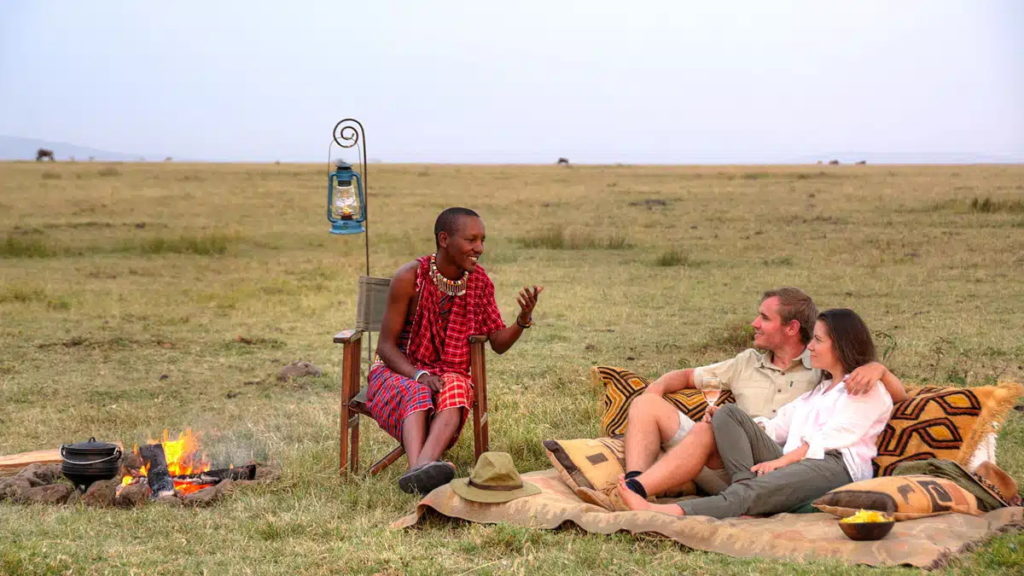
Wildlife & Ecosystems of African Safaris
East Africa’s ecosystems are iconic, with vast savannahs teeming with wildlife. The annual Great Migration is a highlight, where millions of wildebeest and zebras traverse the Serengeti and Mara in a dramatic display of life and death. The Ngorongoro Crater in Tanzania provides a unique microcosm of diverse species coexisting within a collapsed volcano.
Southern Africa offers a contrasting yet equally captivating wildlife experience. The Okavango Delta in Botswana is a lush, water-rich habitat where mokoro canoe excursions bring guests up close to hippos, crocodiles, and a myriad of bird species. South Africa’s Kruger National Park and its adjacent private reserves are renowned for high densities of the Big Five—lion, leopard, elephant, rhinoceros, and buffalo—providing thrilling game drives in diverse terrains ranging from open savannah to dense bushveld. Here too, it is possible to see a collection of less familiar and rare species, such as brown hyena, pangolin, meerkats, caracal and aardwolf.
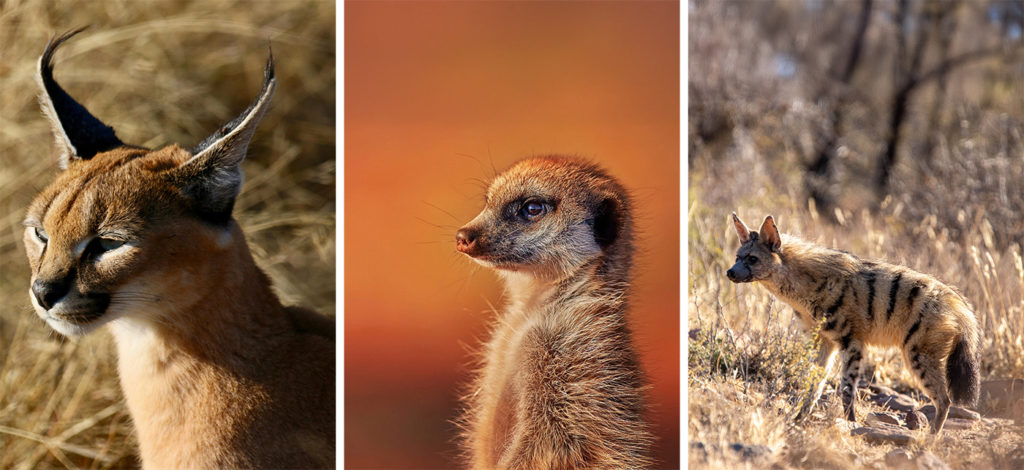
Cape Town: A Southern African Jewel
No discussion of Southern Africa’s allure is complete without mentioning Cape Town. Nestled between the iconic Table Mountain and the glistening Atlantic Ocean, Cape Town is a city that captivates with its natural beauty and vibrant culture. Visitors can explore the historic V&A Waterfront, take a cable car up Table Mountain for panoramic views, or visit the nearby Cape Winelands to indulge in world-class wines and gourmet cuisine. The city’s blend of cultures, cuisines, and landscapes makes it a must-visit destination for those seeking a multifaceted experience alongside their African safaris. With a few smaller game reserves, safaris can also be taken in the Cape region, but some of the most breathtaking wildlife viewing takes place in the ocean, where Cape fur seals and penguins share the waves with humpback whales, bottlenose dolphins and the fearsome great white.

Choosing Your African Safaris
When deciding between East and Southern Africa for a luxury safari, consider your personal interests and desired experiences. East Africa offers the quintessential image of vast plains dotted with wildlife and the spectacle of the Great Migration. It’s ideal for those seeking a classic safari ambience and rich cultural interactions.
Southern Africa provides a more varied experience, combining exceptional game viewing with diverse activities such as water-based safaris in the Okavango Delta, walking safaris in Zambia’s South Luangwa National Park, and urban explorations in Cape Town. The region’s well-developed infrastructure and range of accommodations make it suitable for both first-time visitors and seasoned safari-goers.
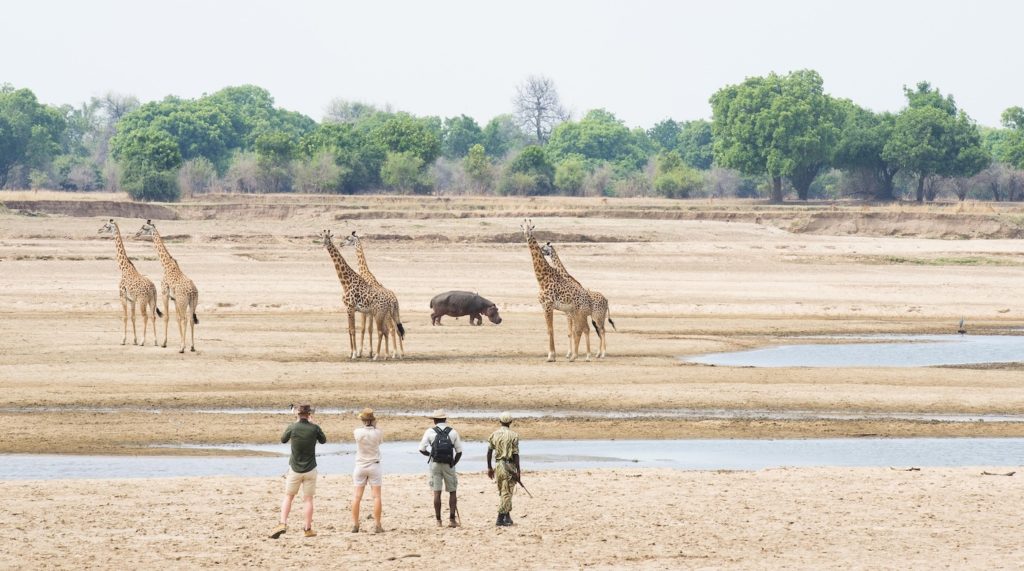
Ultimately, both regions offer unparalleled luxury African safaris, each with its own unique charm and allure. Whichever you choose, Africa’s wild beauty and cultural richness promise a journey that will linger in your heart long after you’ve returned home.
*Both East and Southern Africa contain more nations than these. These are the countries that are Classic Safari Company destinations.
